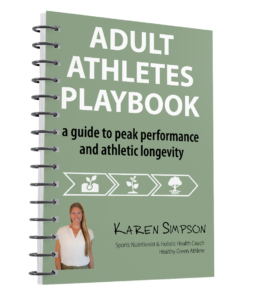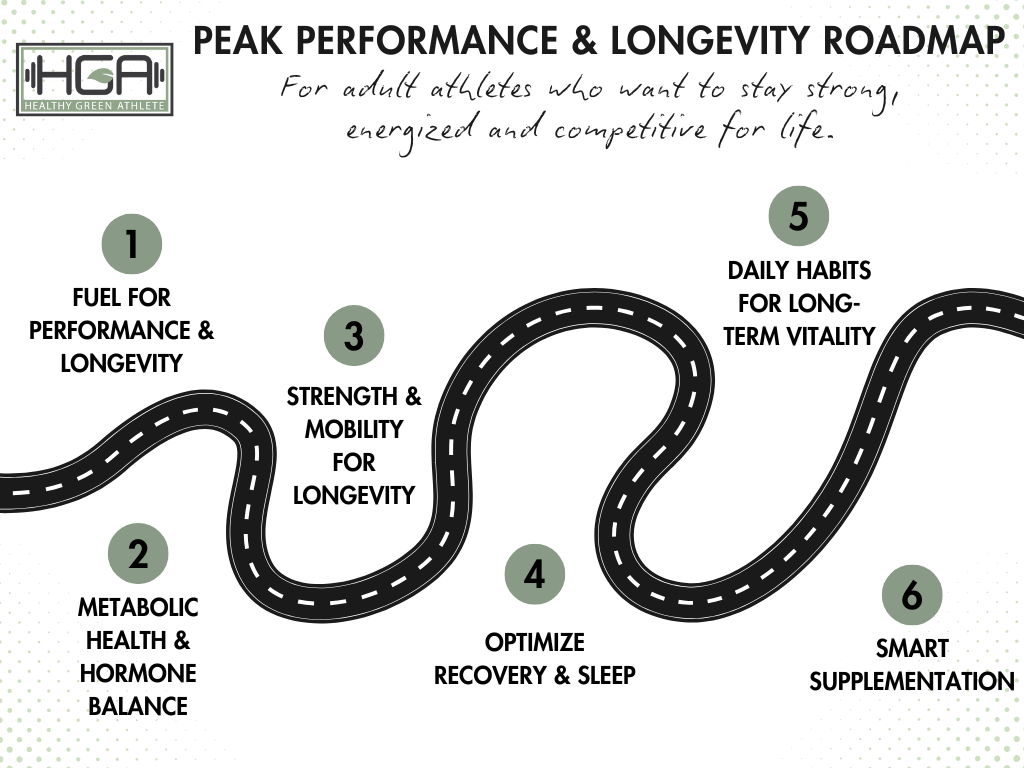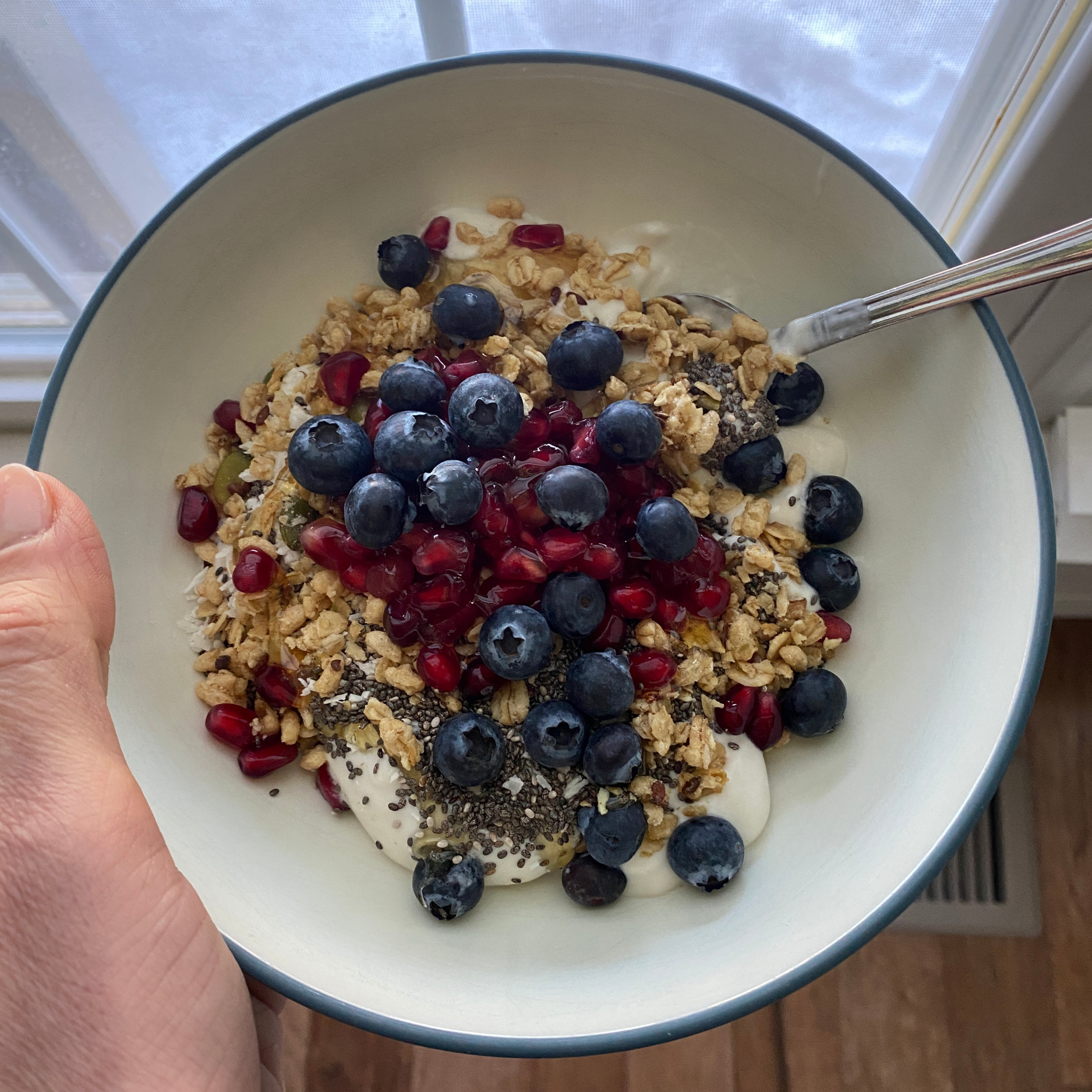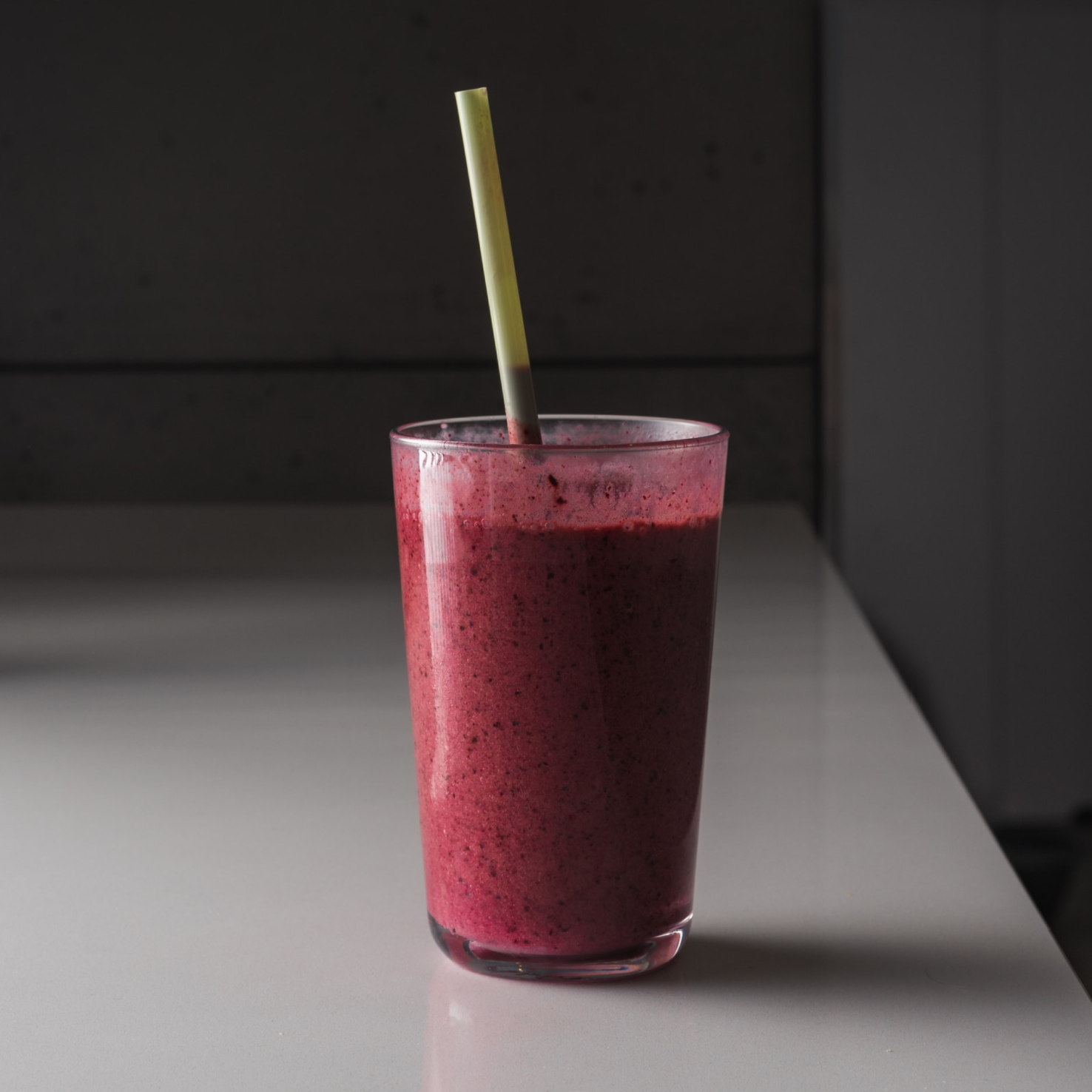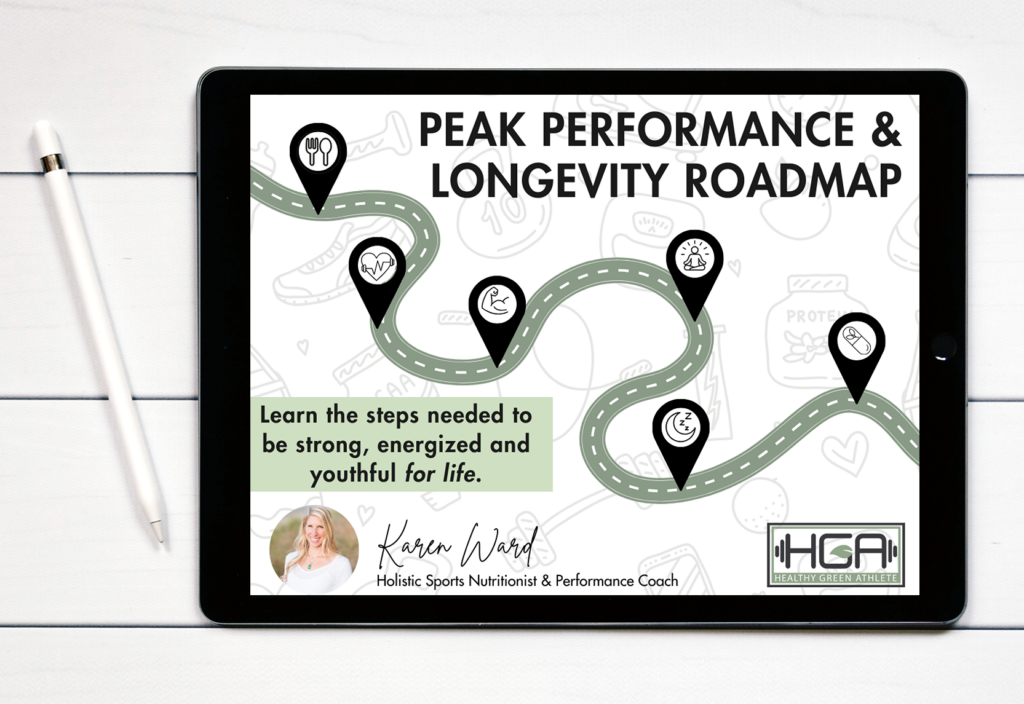The connection between fitness and environmental health is often overlooked, but it’s crucial for understanding how the health of our planet directly affects our own well-being. As athletes and health-conscious individuals, we often focus on optimizing our performance and physical health, but we may overlook how environmental factors—such as pollution, climate change, and food production systems—can impact our bodies, fitness, and overall performance.
In this post, I’ll explore the connection between the environment and fitness, and offer practical tips on how to reduce your carbon footprint while improving your health through sustainable fitness practices.
How environmental factors affect health and fitness
Pollution and air quality
One of the most immediate and visible effects of pollution is its impact on air quality, which plays a major role in overall health and fitness. For athletes, exposure to air pollution can significantly affect endurance and lung capacity, reducing overall performance. Pollution from vehicles, industrial activities, and wildfires releases harmful particles into the air, contributing to respiratory issues and cardiovascular stress.
Poor air quality can lead to short-term effects like fatigue, coughing, and wheezing, and long-term exposure increases the risk of chronic respiratory diseases such as asthma and bronchitis. To minimize these risks and maintain your fitness, it’s essential to incorporate sustainable fitness practices into your routine. You can reduce your exposure by avoiding outdoor exercise on days with high pollution and opting for indoor workouts in air-purified spaces when necessary.
Climate change and extreme weather
Climate change affects our health and fitness in multiple ways, especially in the form of extreme weather events. Rising global temperatures increase the risk of heat-related illnesses such as heatstroke, dehydration, and exhaustion, while unpredictable weather like floods, hurricanes, and droughts can disrupt training routines and limit access to outdoor fitness spaces.
Additionally, extreme weather events can alter the availability of certain foods, causing shortages and price increases that could affect the nutritional quality of our diets. As part of sustainable fitness practices, adjusting your workout routine to climate conditions, focusing on hydration, and choosing more indoor activities during extreme heat can help you stay safe and continue to perform at your best.
Food production and its impact on health
The way our food is produced has a profound effect on both environmental sustainability and human health. Conventional farming methods that rely heavily on chemical fertilizers, pesticides, and monocropping contribute to pollution, soil degradation, and loss of biodiversity. These practices also affect the nutritional quality of the food we consume, which can directly influence athletic performance.
For athletes, consuming foods grown using sustainable practices—such as organic farming—can provide more nutrient-dense options. Opting for organic and locally sourced foods helps reduce your environmental impact while providing better nutritional support for your performance. By focusing on sustainable fitness practices, you are making dietary choices that are beneficial both for your health and for the planet.
How you can reduce your carbon footprint and improve your health
1. Choose local and organic foods
Eating local and organic foods is one of the most effective ways to improve both your health and the environment. Local produce is typically fresher and often requires less transportation, reducing the carbon emissions associated with food distribution. Organic foods are grown without the use of synthetic pesticides and fertilizers, making them better for both your health and the environment.
When you choose organic and locally grown produce, you’re supporting farming practices that prioritize soil health, biodiversity, and long-term sustainability. This shift not only provides your body with high-quality nutrients but also helps reduce your overall environmental impact, making it a key element of sustainable fitness practices.
2. Reduce processed food waste
Processed foods often come with a much higher environmental cost. From production to packaging and transportation, processed foods contribute significantly to pollution and the depletion of natural resources. These foods are also typically lower in nutritional value compared to fresh, whole foods.
By focusing on whole, unprocessed foods—such as fresh fruits, vegetables, lean proteins, and whole grains—you can reduce your environmental footprint while improving your health and fitness. This approach supports sustainable fitness practices, as it encourages cleaner eating that is aligned with both personal wellness and environmental sustainability.
3. Support sustainable agriculture
Another effective way to enhance your health and reduce your environmental impact is by supporting sustainable agriculture. Look for food products from farms that emphasize regenerative farming, ethical practices, and reduced chemical use. These practices not only benefit the environment by reducing pollution and improving soil quality, but they also result in foods that are healthier for your body.
When you choose to support sustainable farms or brands, you are directly contributing to systems that prioritize long-term environmental health. By incorporating this into your lifestyle, you align your dietary choices with a broader commitment to sustainable fitness practices.
4. Choose energy-efficient workout gear
In addition to food choices, consider the energy efficiency of the gear and equipment you use for your workouts. Opt for sustainable fitness gear made from recycled materials, natural fibers, and eco-friendly manufacturing processes. Avoid products that contribute to excessive waste or require large amounts of energy to produce. My favorite ecofriendly athletic clothing brand that’s very affordable is this one which uses bamboo (they have lots of options for both men and women).
Selecting energy-efficient equipment and durable gear also helps minimize your carbon footprint. These choices reflect a more sustainable approach to fitness, ensuring that you can maintain a high level of performance while reducing the strain on the planet’s resources.
5. Minimize single-use plastics and packaging
Another way to practice sustainable fitness practices is by reducing your reliance on single-use plastics and packaging. From disposable water bottles to packaging for fitness products, plastic waste contributes significantly to pollution and environmental degradation. Switching to reusable water bottles, containers, and bags, and choosing products with minimal or recyclable packaging, can make a significant difference in reducing plastic waste.
Not only does this reduce your carbon footprint, but it also lowers your exposure to harmful chemicals like BPA, which can disrupt hormonal balance and affect overall health. By embracing reusable alternatives, you’re contributing to both a cleaner environment and better personal health.
Conclusion: A healthier planet = a healthier you
The health of the planet is intricately tied to your personal health and fitness. The effects of pollution, climate change, and food production systems impact your performance, well-being, and recovery. By incorporating sustainable fitness practices into your daily routine, you can reduce your environmental footprint while boosting your overall health.
Small changes in your diet, fitness gear, and lifestyle choices can help you maintain peak performance while contributing to a healthier planet. Make the shift toward a more sustainable approach to fitness and wellness today, and enjoy the benefits of a better, healthier you.



